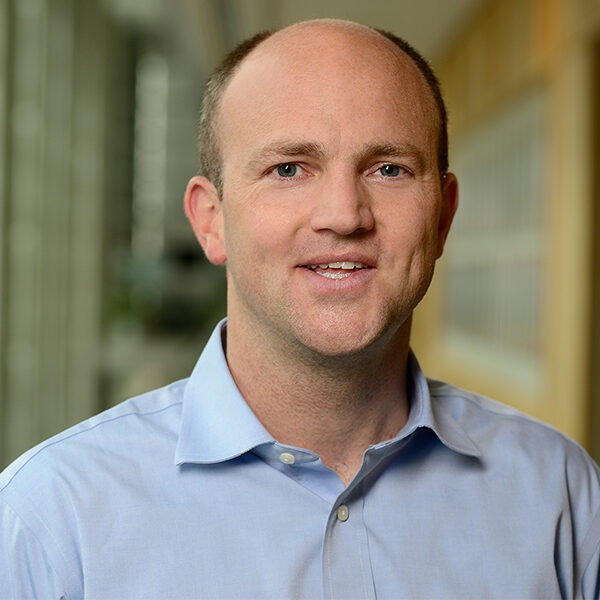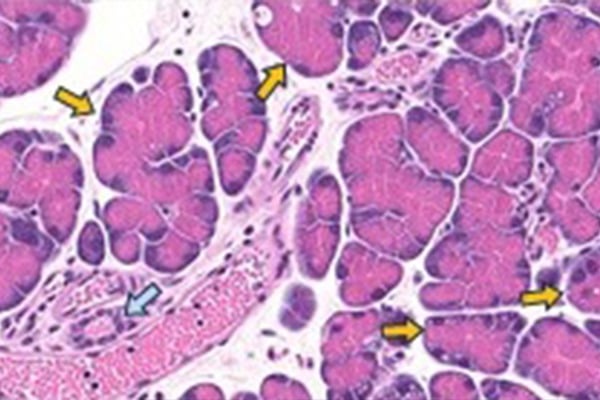Research Interests
My lab invents computational tools that distill omics data into specific, testable hypotheses for applications in Developmental Biology and Stem Cell Engineering. For example, we recently developed machine learning tools that use single cell transcriptomics to measure the extent to which engineered cell populations reflect their natural in vivo counterparts. As another example, we recently invented a computational platform based on regulatory networks that predicts sets of genetic perturbations for reprogramming cell fate. As a hybrid computational/experimental lab, we frequently generate our own data to train these computational methods and to prospectively test them in the contexts of the synovial joint, gastrulation, and pluripotent stem cells and their derivatives.
Current projects include:
- AI for TFBS prediction
- Computational tools to aid the engineering of cell function with application to iPSC-derivatives
- De novo identification of multipotency regulators in bone marrow stromal cells with single cell multiomics
- Defining inter- and intra-cellular regulatory networks underpinning synovial joint development with single cell and spatial multiomics
Titles
- Associate Professor, Biomedical Engineering
- Associate Professor, Molecular Biology & Genetics
- Co-Director, Biomedical Engineering Master’s Program
Affiliated Centers & Institutes
Education
- PhD, Computational Biology, Washington University, 2009
- MS, Genomics & Bioinformatics, George Washington University, 2004
- BS, Computer Science, University of Maryland, 2000
Recent Highlights
-
May 13, 2022Two faculty Biomedical Engineering faculty members will receive 2022 Johns Hopkins Catalyst Awards. Patrick Cahan and Nicholas Durr were among...
-
June 17, 2021Johns Hopkins scientists report they have developed a new computer-based technique showing that human cancer cells grown in culture dishes are the least genetically similar to their human sources.
-
September 25, 2015Dr. Cahan will teach an undergraduate BME course following a two-year focused effort in developing experimental and computational methods in pluripotent stem cell research.


